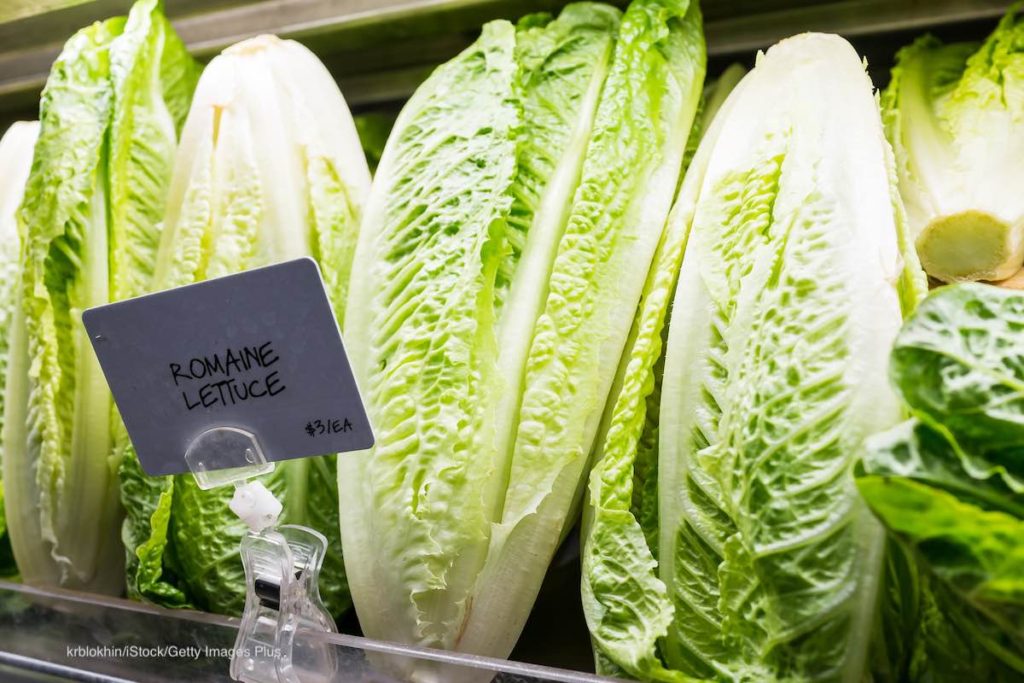The number six food poisoning outbreak of 2018 is the first romaine E. coli O157:H7 outbreak that ended in June. (Yes, there was a second that is ongoing, but that outbreak did not make the Top 10 List.) In that outbreak, 210 people in 36 states were sickened, 96 people were hospitalized, and five people, who lived in Arkansas, California, Minnesota, and New York, died. Twenty-seven patients developed hemolytic uremic syndrome (HUS), a type of kidney failure. This was the largest E. coli O157:H7 outbreak linked to leafy greens since 2006.

The CDC found the outbreak strain in canal water samples taken from the Yuma, Arizona growing region. Government officials are investigating to see how the bacteria got into the water in the first place and how the water contaminated the lettuce.
The last shipments of romaine lettuce from that growing region shipped on April 16, 2018, and the harvest season is over. The lettuce that made people sick is no longer available.
This outbreak also sickened eight people in Canada. One person was hospitalized, and no deaths were reported.

You can contact food safety attorney Fred Pritzker for help by calling 1-888-377-8900 or 612-338-0202.
The case count by state is: Alabama (3) Alaska (8), Arkansas (1), Arizona (9), California (49), Colorado (3), Connecticut (2), Florida (3), Georgia (5), Idaho (12), Illinois (2), Iowa (1), Kentucky (1), Louisiana (1), Massachusetts (4), Michigan (5), Minnesota (12), Mississippi (1), Missouri (1), Montana (9), Nebraska (1), New Jersey (8), New York (11), North Carolina (1), North Dakota (3), Ohio (7), Oklahoma (1), Oregon (1), Pennsylvania (24), South Dakota (1), Tennessee (3), Texas (4), Utah (1), Virginia (1), Washington (8), and Wisconsin (3). The patient age range is from 1 to 88 years. Illness onset dates ranged from March 13, 2018 to June 6, 2018.
Whole genome sequencing of isolates taken from patients found that the bacteria was resistant to several antibiotics, including chloramphenicol, streptomycin, sulfisoxazole, tetracycline, and trimethoprim-sulfamethoxazole. Isolates from four patients found that the bacteria also contained genes for resistance to ampicillin and ceftriaxone. But since antibiotic treatment for E. coli infections is not recommended, because that can trigger HUS, these findings don’t affect treatment.




